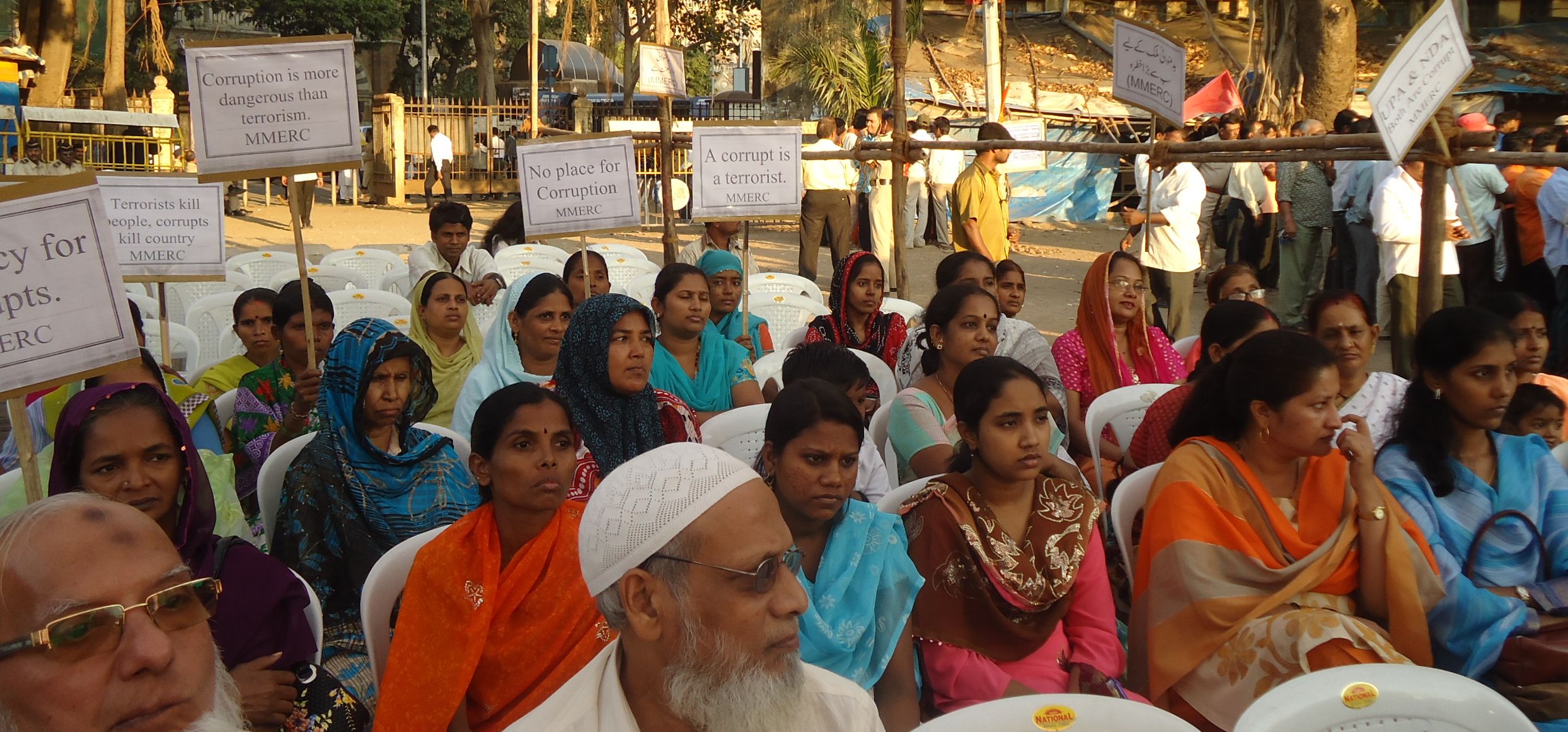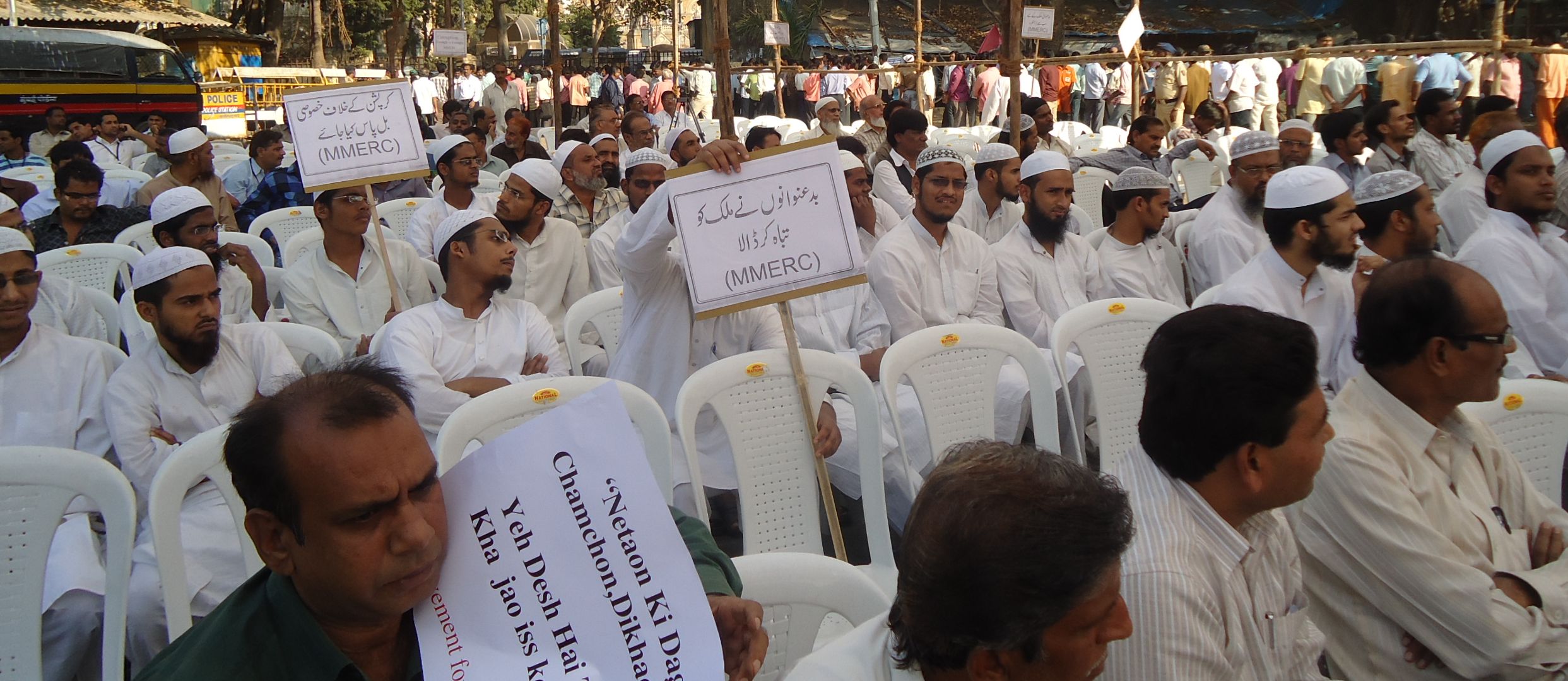|
|
The Indian Year of CorruptionJan. 01, 2011
M. Burhanuddin Qasmi It is not easy to define corruption. But in an Indian context, corruption is mostly concerned with bribery, scam and political blackmailing. From ‘mantri’ to ‘santri’ every individual is highly corrupt here. Nevertheless corruption is a global phenomenon and it is omnipresent. It has progressively increased, became high-tech and even a part of the professional world. Thus it is now rampant in most societies. Corruption in India has been a major concern since long. India became one of the most corrupt nations in South Asia in 2010, thanks to our politicians and law enforcement agencies. Criminalization of entire system along with manifold scams are the major obstacles and a serious problem for the development and security of the country. Be it a UPA or an NDA government in the Centre or a State, corruption is a common virus from high to low. India
ranks 83 in the list of least-corrupt countries. Finland
is the least corrupt and ranks first; Singapore
is fifth; Botswana – a small
and in nineteen sixties one of the poorest countries in the world with
just
over two million people, is ranked 30th — thus leading India by about
50 places.
In the Indian neighborhood, there are no clean countries either. China scores marginally higher than India. But Pakistan and Bangladesh both score lower than India among the 133 surveyed countries of the world by Transparency International, a not-for-profit global coalition against corruption. Sri Lanka and Nepal were not surveyed. I am sure if Sri Lanka were included in that list, it would get a higher score than India. Corruption in India is a corollary of the nexus among bureaucrats, politicians and criminals. Indians are now hardly a law abiding group. Here merely everything is possible from fake father to fake Prime Minister. As in the recent case of Delhi, Dr Atul Kumar prepared fake documents for fake fathers to sell children. And in July this year one Manmohan Singh, a resident of Delhi, has faked Jammu and Panjab police, and availed VVIP luxuries for several days as advisor to Prime Minster of India. Today, the number of politicians with an honest image can be counted on fingers. The painful irony of this nation is that at one time, bribe was paid for getting only wrong things done but now bribe must also be paid for getting your right things done. From passport, to driving licenses, to ration card, to work permit and even to get a genuine birth certificate of your child or a death certificate of your father, you have to bribe one or the other officer. One can go on and on listing the huge scams done by the politicians, bureaucrats and even by arm forces and judiciary who are offered luxuries by the men and women of this nation to protect this country and her interest against evil doers. Just key in ‘corruptioninindia.org’ in the internet and you get a list of a few hundreds major scams in the recent past. Common Wealth Games, Adarsh Society, Waqf Property Scam — Ambani’s Antila House is being constructed on Waqf land, Nira Radia Tap, NREGA scam in Orissa, Big Dam and NC Hills scams in Assam, Food Scam in UP and Yeddyurappa land scam in Karnataka are just a tip of the iceberg in the deep and vast ocean of corruption in India. Along with so many good things the past year - 2010 will also be remembered as the year of massive corruption in India. Among the causes of corruption there are some which can be listed such as (1) the emergence of political elite who believe in self-interest only rather than the nation’s good. (2) Change in the value system and ethical qualities of men. The religious ideals of morality, service to humanity and honesty are given the go by. (3) Tolerance of common people towards corruption, lack of intense public outcry against corruption and the absence of strong public forums to oppose corruption. (4) Complex laws and procedures which alienate common people to remain away from the law. To me these are the principle reasons in the Indian context that mired our society in the filth of corruption ever since the independence of this nation. An essayist has rightly argued, ‘corruption is an intractable problem. It is like diabetes, can only be controlled, but not totally eliminated’ from the society. To me, it may not be possible to root out corruption completely at all levels but it is possible to contain it within tolerable limits. (1) A strong legislation with severe punishment like the ones against terrorists and anti-national elements must be enforced nation-wide. (2) Honest and dedicated persons in public life be encouraged and rewarded by the civil society. (3) Complete control over electoral expenses, vigorous screening of all candidates’ profile by the election commission before granting nomination at any sort of election. (4) Right to Information (RTI) Act should be used by the civil society even in minor cases at block and panchayat levels. On 23rd December last year a few NGOs and concerned citizen groups have staged an agitation against corruption at Mumbai’s Azad Maidan and cried out ‘Corruption – Enough is Enough’. This month on 30 January ‘Citizen's March Against Corruption’ is called in almost all the major cities of India simultaneously. I think these are good indications and people of India should take corruption as single point agenda to resolve in the year 2011.
M. Burhanuddin Qasmi is director of Mumbai based Markazul Ma'arif Education and Research Centre and editor of Eastern Crescent magazine. He can be contacted at manager@markazulmaarif.org |
